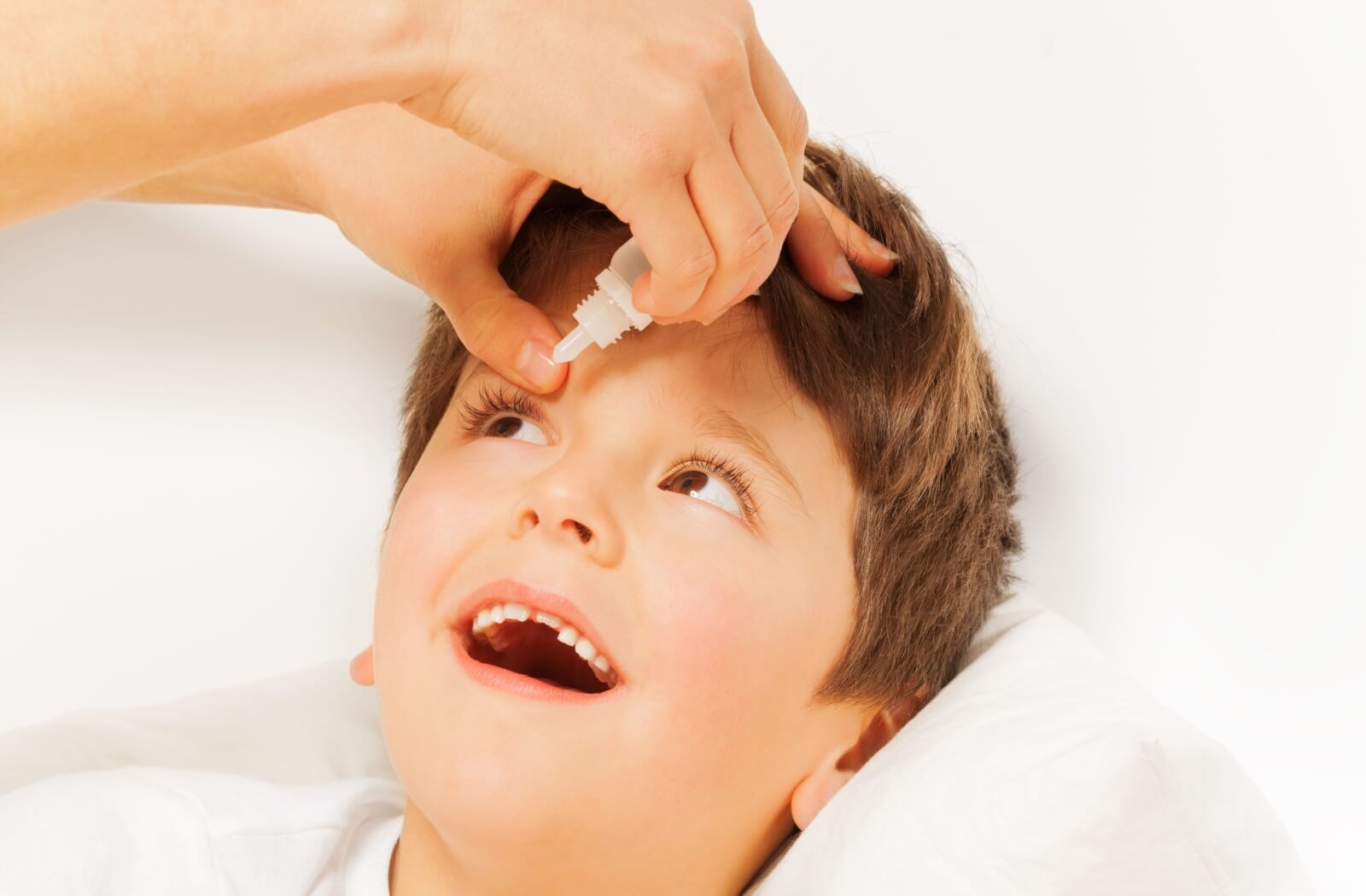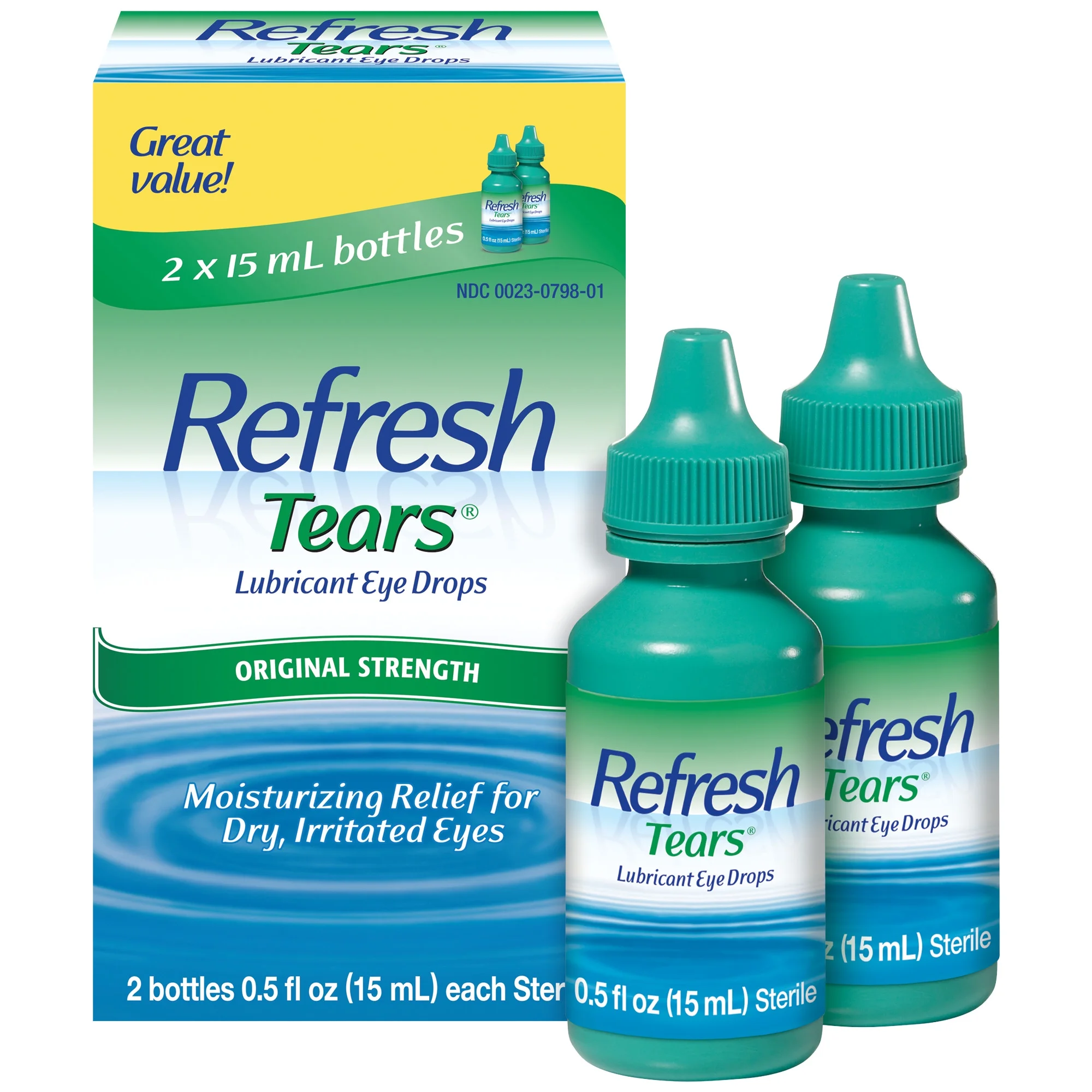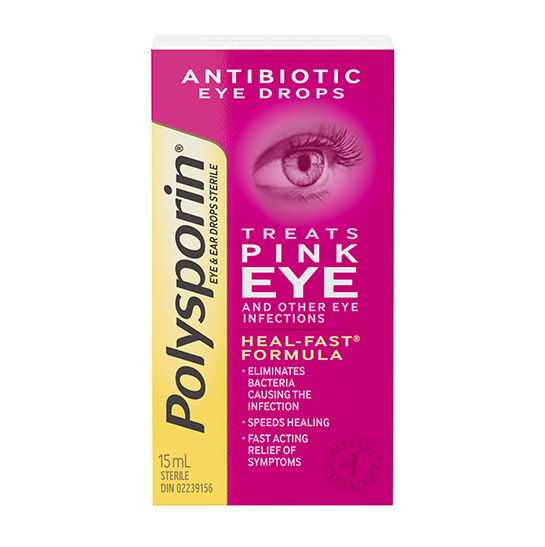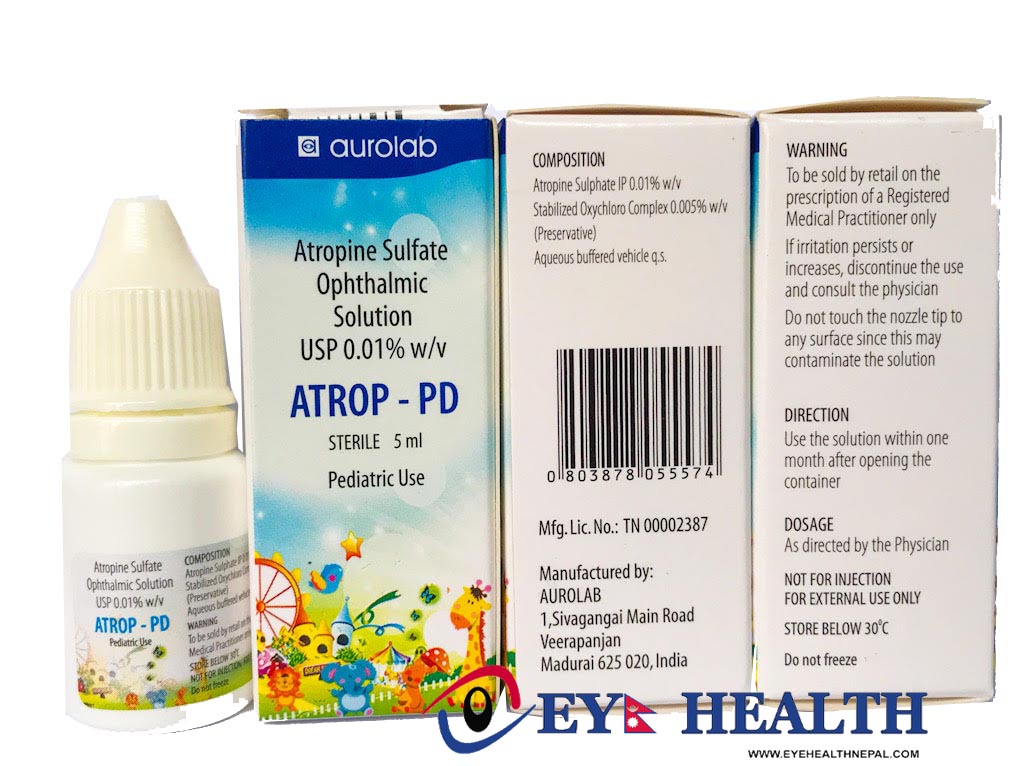The Best Eye Drops for Kids: Safe, Effective, and Long-Lasting Relief
As parents, we want nothing more than to protect our children’s health—including their delicate eyes. Whether your child battles dry eyes from screen time, itchy eyes from allergies, or redness from irritants, choosing the right eye drops can feel overwhelming. With countless over-the-counter options, how do you know which are safe for kids?
This guide cuts through the confusion. You’ll learn which eye drops pediatric optometrists recommend, how to apply them without tears (yours or theirs!), and when to call a doctor. Let’s dive in.
Eye drops can provide relief from dry eye symptoms, help with minor irritations, and even treat bacterial infections when necessary. However, not all eye drops are formulated for children’s sensitive eyes, and some may contain preservatives or ingredients that could cause discomfort. This guide aims to simplify the process for parents by breaking down the different types of eye drops, how to safely apply them, and when to seek professional advice. By the end, you’ll have the knowledge needed to confidently choose the right eye drops to keep your child’s eyes healthy and comfortable.
For more detailed information, check out these sources:

Understanding Common Eye Conditions in Kids
Kids experience a range of eye conditions that may require eye drops, including:
-
Dry eye – A common issue caused by screen time, allergies, or environmental factors.
-
Eye redness – Often linked to minor irritations or allergic reactions.
-
Eye infections – Conditions like conjunctivitis (pink eye) require targeted treatment.
-
Itchy eyes – Usually triggered by allergies.
5 Safe Eye Drops for Kids (By Age and Condition)
Not all eye drops are safe for children. Choosing the right type of eye drop depends on the specific eye condition. Here are some safe options:
1. Preservative-Free Artificial Tears
-
Best for: Dry eyes, screen-related irritation.
-
Why kids love them: No stinging, gentle formula.
-
Top picks: Refresh Tears® (ages 3+), Systane® Hydration PF.
-
Pro tip: Avoid bottles with preservatives like benzalkonium chloride (BAK)—they can irritate sensitive eyes.

2. Antihistamine Eye Drops
-
Best for: Allergy-related itching and redness.
-
Why kids love them: Fast relief without drowsiness.
-
Top picks: Zaditor® (ketotifen), Alaway® (ages 3+).

3. Antibiotic Eye Drops
-
Best for: Bacterial pink eye or infections.
-
Why they work: Prescription-only formulas like Polytrim® target bacteria.
-
Key reminder: Never use leftover antibiotic drops—finish the full course!

4. Low-Dose Atropine Drops
-
Best for: Slowing myopia (nearsightedness) progression.
-
Science-backed: A 2022 study in Ophthalmology found atropine 0.05% reduces myopia progression by 67% in kids.

5. Saline Solution for Infants
-
Best for: Newborns with blocked tear ducts.
-
Parent favorite: Similasan® Sterile Saline Spray (no rubbing needed!).

How to Give Your Child Eye Drops Safely
Applying eye drops to a child can be challenging. Follow these steps to ensure proper application:
-
Position Your Child Properly – Have your child lie down or tilt their head slightly to the side.
-
Use Clean Hands – Wash your hands before applying the drops.
-
Gently Pull Down the Lower Eyelid – This creates a small pocket for the eye drops.
-
Release the Drop Close to the Lower Eyelid but Away from the Tear Ducts – This helps direct the eye drops away from sensitive areas.
-
Ensure Your Child Closes Their Eyes Gently – Avoid excessive blinking.
-
Wipe Away Excess Drops – Use a clean tissue if necessary.
Safe Eye Drops for Different Age Groups
For Infants and Toddlers (Under 3 Years Old)
-
Only use doctor-recommended eye drops.
-
Avoid over-the-counter options unless specifically advised.
For Preschoolers and School-Age Children
-
Artificial tears and antihistamine eye drops are generally safe.
-
Always check the label to ensure safety for children aged 3 and above.
For Teens and Pre-Teens
-
Many eye drops that are safe for adults can be used under supervision.
-
Contact lenses users should opt for preservative-free artificial tears.
How to Choose the Right Eye Drops for Kids
When selecting eye drops for kids, consider the following:
-
Eye Condition – Different types of eye drops target specific conditions.
-
Preservative-Free Formula – Reduces the risk of irritation.
-
Doctor’s Recommendation – Always consult with your eye doctor before starting treatment.
-
Check the Label – Ensure the product is safe for children.
Common Eye Problems That Require Eye Drops
Common eye problems that require eye drops include minor eye irritations, which can be relieved with artificial tears. Allergic reactions, such as itchy eyes, may be treated with antihistamine eye drops. Bacterial eye infections often require antibacterial eye drops or ointments. For dry eye in children, artificial tears can be helpful for long-term use.
It is important to contact an optometrist if symptoms persist despite using eye drops. Additionally, seek professional advice if your child experiences pain, swelling, or light sensitivity, or if eye redness lasts more than a few days. If you suspect an infection that requires prescription treatment, consulting an optometrist is essential.
Natural Remedies vs. Eye Drops: What Works for Kids?
As a parent, you might wonder if natural remedies can replace eye drops for your child’s minor eye issues. While some home solutions can help soothe mild symptoms, others may delay proper treatment. Here’s what works—and what doesn’t:
Safe Home Remedies:
-
Cool Compresses: A clean, damp cloth chilled in the refrigerator can reduce puffiness and redness caused by allergies or tired eyes.
-
Saline Rinses: Sterile saline solution (not contact lens solution!) can flush out irritants like dust or pollen.
-
Hydration: Encourage your child to drink water—dehydration worsens dry eye symptoms.
When to Skip Home Care and Use Eye Drops:
-
Symptoms lasting longer than 24 hours.
-
Yellow/green discharge (sign of infection).
-
Persistent itching from allergies (antihistamine drops work faster).
Why Risk It?
Natural remedies are great for temporary relief, but they can’t treat infections or chronic conditions. If your child’s eyes stay red, watery, or uncomfortable, schedule a pediatric eye exam to rule out serious issues.
Seasonal Eye Care: Protecting Kids’ Eyes Year-Round
Kids’ eyes face unique challenges every season. Here’s how to adapt their eye care routine:
Spring/Summer:
-
Allergy Season: Pollen and grass trigger itchy eyes. Use antihistamine drops like Zaditor® and keep windows closed during high pollen counts.
-
UV Protection: 90% of UV damage occurs before age 18. Invest in wraparound sunglasses with 100% UV protection.
Fall/Winter:
-
Indoor Heating: Dry air leads to irritated eyes. Add a humidifier to your child’s bedroom and use preservative-free artificial tears.
-
Screen Time Surge: Holiday breaks mean more tablets and TV. Follow the 20-20-20 rule (20-second screen break every 20 minutes).
Book a seasonal eye check-up before school starts or after allergy season. Our optometrists can adjust treatments to keep their eyes comfortable all year.
Screen Time and Kids’ Eyes: How to Prevent Digital Eye Strain
Did you know the average child spends 7+ hours daily on screens? This can lead to digital eye strain, with symptoms like dryness, headaches, and blurred vision. Here’s how to protect their eyes:
Prevention Tips:
-
20-20-20 Rule: Every 20 minutes, have them look at something 20 feet away for 20 seconds.
-
Blue Light Myths: Most screens emit low levels of blue light, but studies show it doesn’t damage eyes. Instead, focus on reducing glare with matte screen protectors.
When to Use Eye Drops:
-
Preservative-free artificial tears (e.g., Systane® Hydration PF) can relieve dryness from prolonged screen use.
Parent’s Buying Guide: Where to Safely Purchase Kids’ Eye Drops
Not sure where to buy safe eye drops for your child? Here’s a breakdown:
Trusted Retailers:
-
Pharmacies: CVS, Walgreens, and Rite Aid stock kid-safe brands like Similasan® and Refresh®.
-
Online: Amazon offers bulk preservative-free vials, but check expiration dates.
Myth vs. Fact: Eye Drops and Children’s Eye Health
Let’s bust common myths about kids’ eye drops:
Myth: “Redness-relief drops (like Visine®) are safe for occasional use.”
Fact: These drops contain vasoconstrictors that shrink blood vessels. Overuse can cause “rebound redness” and harm delicate eyes.
Myth: “Antibiotic eye drops can treat viral pink eye.”
Fact: Antibiotics only work on bacterial infections. Viral pink eye requires antiviral meds or supportive care.
Eye Drop Safety Checklist for Parents
Use this quick checklist before using any eye drops on your child:
-
Preservative-Free: Avoid benzalkonium chloride (BAK) to prevent irritation.
-
Age-Appropriate: Check labels—some drops are only for ages 3+.
-
Intact Packaging: Never use drops from cracked or unsealed bottles.
-
Not Expired: Expired drops lose effectiveness and may grow bacteria.
Final Thoughts on Choosing Safe Eye Drops for Kids
Your child’s vision and eye comfort matter, and choosing the right eye drops is a crucial part of their eye care routine. From minor irritations to persistent dry eye, having the correct treatment on hand ensures they stay comfortable and healthy.
Understanding the types of eye drops that are safe for kids, how to apply them properly, and when to seek medical advice can give you peace of mind. The key is to choose preservative-free, doctor-recommended drops, follow proper application steps, and monitor your child’s eye health over time.
If you’re unsure about which eye drops are best for your child or if symptoms persist, always consult with an optometrist. Book an eye exam at Poudre Valley Eyecare to ensure your child’s eyes stay healthy and irritation-free.
FAQs
-
Preservative-free antihistamine drops like Zaditor® or Alaway® (ages 3+) are safe for Fort Collins’ high pollen seasons. For severe allergies, visit Poudre Valley Eyecare for prescription-strength options.
Book an Appointment for a Pediatric Eye Exam
Regular eye exams help ensure your child’s eye health. If your child needs relief from dry eye symptoms or treatment for an eye condition, book an appointment with an experienced optometrist at Poudre Valley Eyecare.



